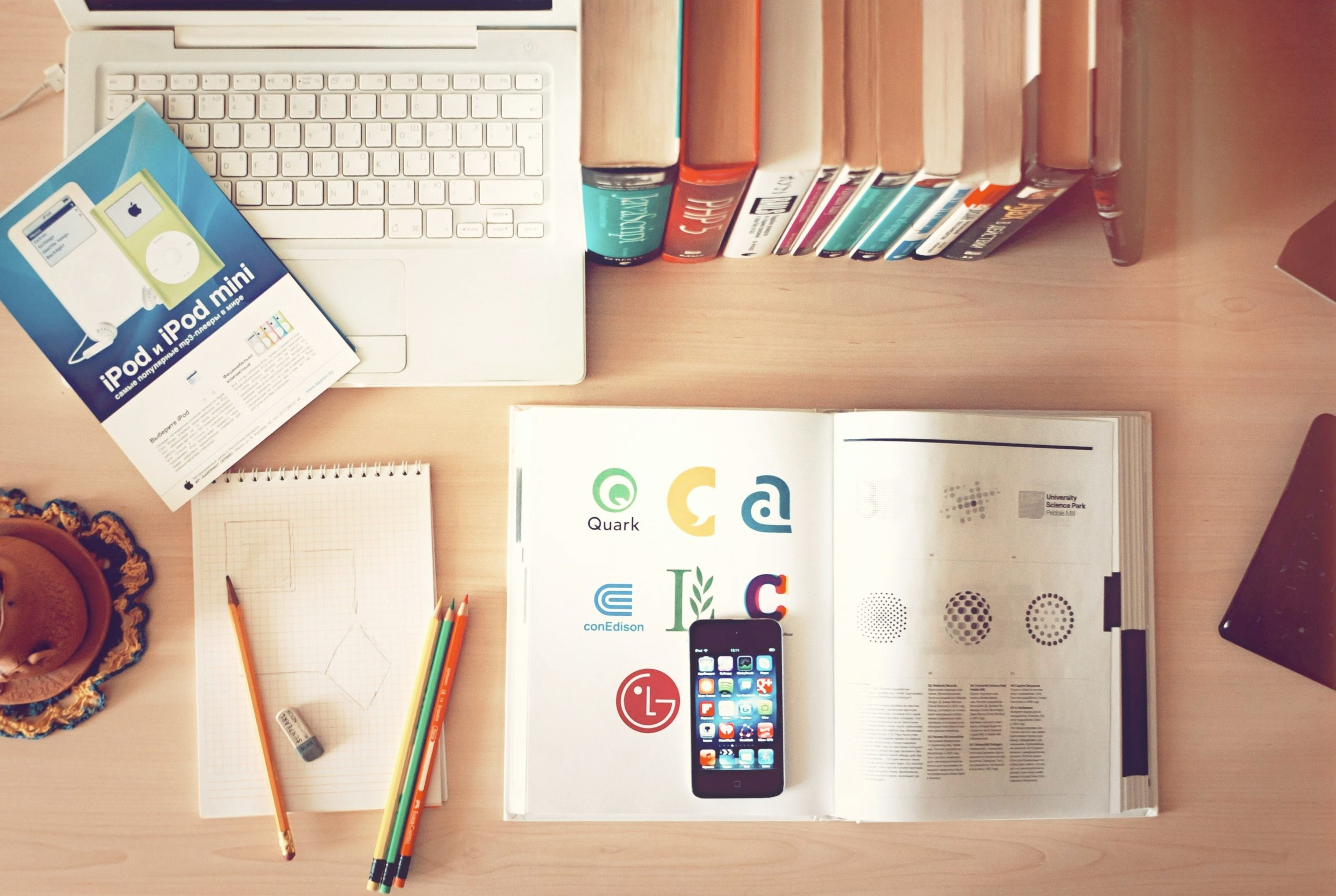Universal Design for Learning: Accessibility for All
In today’s digital world, technology has become an integral part of our lives. Everything from education to business relies heavily on digital platforms. However, not everyone has the same level of digital accessibility. People with disabilities face many barriers when it comes to utilizing technology, limiting their access to digital content and opportunities. This is where Universal Design for Learning (UDL) comes into play. UDL is a framework that allows educational content and resources to be accessible to everyone, regardless of their abilities. In this article, we will explore the concept of UDL and how it promotes accessibility for all.
The Basics of Universal Design
Universal Design is the process of designing products and environments that are usable by all people, to the greatest extent possible, without the need for adaptation or specialized design. It originated in architecture and was later applied to other fields, including education. The goal of Universal Design is to create inclusive and equitable spaces for everyone, regardless of their abilities. UDL is an extension of Universal Design that focuses specifically on learning and education.
What Is Universal Design for Learning?
UDL is a set of principles and guidelines that aim to make educational materials accessible to all students, regardless of their learning styles, abilities, or disabilities. This framework provides a proactive, rather than reactive, approach to support diverse learners in the classroom. By implementing UDL in education, instructors can design learning experiences that are personalized and engaging for their students.
The Three Principles of UDL
The UDL framework is built on three core principles – representation, action and expression, and engagement.
Representation
The representation principle focuses on how content is presented to students. It advocates for providing information in multiple formats so that students can choose the one that best suits their learning styles. This can include text, audio, video, images, and more. By providing various representations of information, students can engage with the material in a way that works best for them.
Action and Expression
The action and expression principle focuses on how students interact with the content and how they can express their understanding. It encourages instructors to provide various means for students to demonstrate their knowledge and skills. For example, instead of just written assignments, students can also be given the option to create videos, oral presentations, or graphic organizers. This promotes inclusivity and caters to the diverse needs of students.
Engagement
The engagement principle emphasizes the importance of engaging students in the learning process. It encourages instructors to provide varied and meaningful opportunities for students to participate, learn, and demonstrate their skills. By creating an engaging learning environment, students are more likely to be motivated and invested in their learning.
Benefits of UDL in Education
UDL has many benefits for students, instructors, and the educational system as a whole. Let’s take a look at a few of them:
Accessibility for All
By implementing UDL, educational materials and resources become accessible to all students, including those with disabilities. This creates a more equitable learning environment where all students have the opportunity to succeed.
Personalized Learning
UDL promotes personalized learning by providing options and flexibility in how students engage with the material and demonstrate their understanding. This allows students to take ownership of their learning and be more invested in their education.
Inclusive Classrooms
Incorporating UDL in classrooms promotes inclusivity by recognizing and valuing the diversity of learners. It also reduces the stigma associated with disabilities and creates a more welcoming environment for students.
Improved Learning Outcomes
By catering to the diverse needs of students, UDL can improve learning outcomes. Students who are engaged and motivated to learn will have better academic performance and higher levels of achievement.
Incorporating UDL in Education
Implementing UDL in education requires a shift in mindset and an understanding of the principles of Universal Design. Here are a few ways you can incorporate UDL in your teaching:
Provide Multiple Means of Representation
As mentioned earlier, offering content in various formats can help students engage with the material in a way that works best for them. You can achieve this by providing multimedia resources, such as videos, audio recordings, and images.
Allow for Multiple Means of Action and Expression
Provide students with options to demonstrate their understanding, such as oral presentations, group projects, written assignments, and more. This will cater to the diverse needs of students and promote creativity.
Create an Engaging Learning Environment
Incorporate tasks and activities that promote active learning and keep the students engaged. This can include group discussions, interactive learning games, and hands-on activities.
Conclusion
Universal Design for Learning promotes accessibility for all, creating a more inclusive and equitable learning environment. By incorporating the principles of UDL in education, we can provide students with diverse learning opportunities and help them achieve their full potential. It is crucial for the education system to embrace UDL to ensure that no student is left behind due to accessibility barriers. As technology continues to advance, the implementation of UDL becomes even more critical to ensure that we are creating a fair and equal learning environment for everyone.











